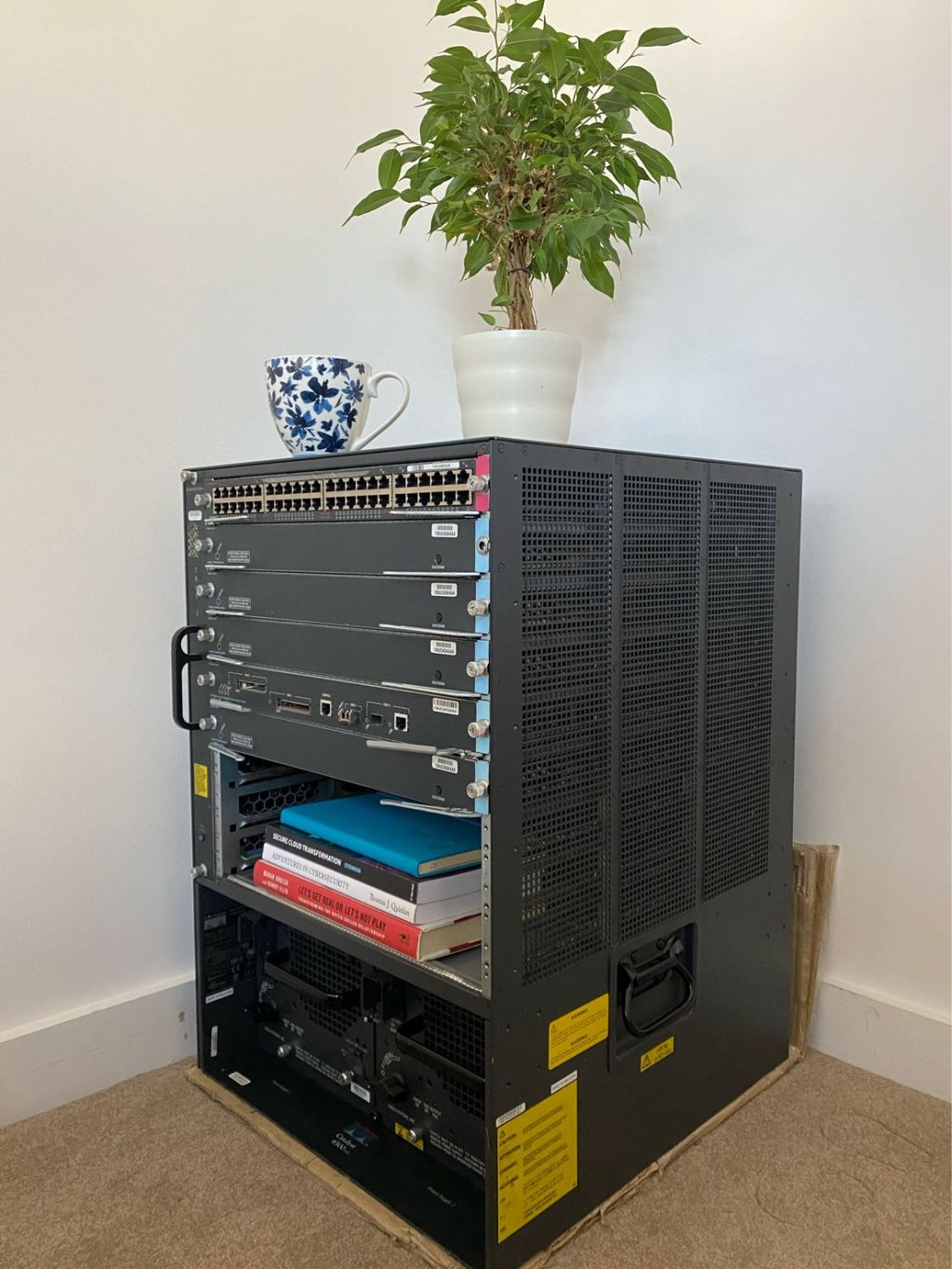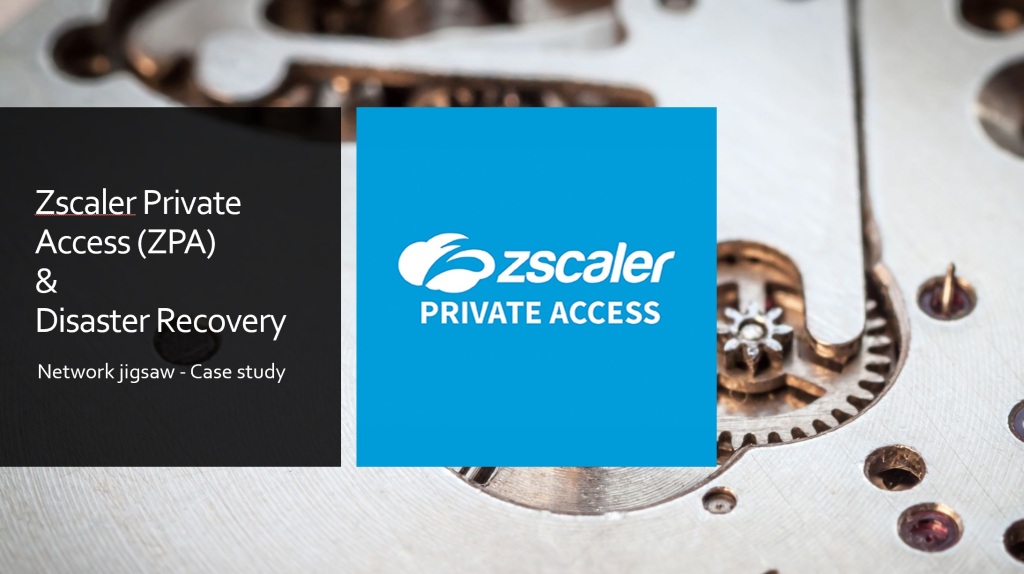According to the results of IBM’s global study on cloud transformation there has been a drastic shift in business needs as only 3% of respondents reported using a single private or public cloud in 2021, establishing hybrid cloud as the dominant IT architecture and that the cloud market has entered the hybrid, multi cloud era.
Recently I studied the Aviatrix Certified Engineer (ACE) program which is the first multi cloud networking certification and training program. Kudos to Aviatrix on some great course material and surprisingly difficult exam which I managed to scrape through.
I spend a lot of my time talking with organisations about the Secure Access Service Edge (SASE) framework and what it means to them and how they can adopt different capabilities over time, now this is usually focussed on the Security Service Edge (SSE) subset of SASE as this is what we focus on at Zscaler as a market leader of SSE.
However, if we look at the SASE WAN Edge it is predominantly focussed on providing users with access to applications in the data centre, SaaS and public cloud, now what it doesn’t really consider is intra-cloud and inter-cloud connectivity.
Most SD-WAN solutions are not well suited for connecting distributed applications across multiple clouds (or intra-cloud for that matter), they lack high availability and consistency across CSPs, do not integrate well with cloud native constructs and encrypted throughput is likely a limitation.
This is where Multi Cloud Network Architectures (MCNA) like Aviatrix fill the void left by SD-WAN and cloud native networking by embracing, controlling, and managing not only the cloud native constructs but also providing advanced services beyond what the CSPs can provide. Multi cloud networking provides a consistent and repeatable architecture across multiple clouds.
If we take this back to SASE subsets, the Security Service Edge has matured and is now well defined, enabling organisations to consolidate security products into a single SSE vendor, such as Zscaler, regardless of use case; off-network users, on-network users/devices and multi cloud workloads.

However in a hybrid, multi cloud strategy, in my opinion, the WAN edge needs work to enable an organisation to simplify and consolidate WAN edge technologies/vendors or you end up having multiple disparate network solutions to manage your traffic flows. I’m sure both SD-WAN and multi cloud networking vendors are developing how they close their respective gaps and this will be an interesting growth area to watch but given the investment some organisations have already made in SD-WAN and for organisations developing their multi cloud strategies the WAN edge and vendor selection needs serious thought as to what you need today and flexibility for your hybrid, multi cloud future.





Leave a comment